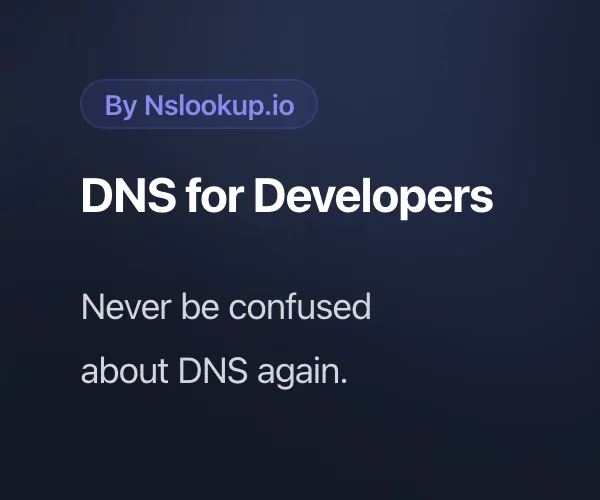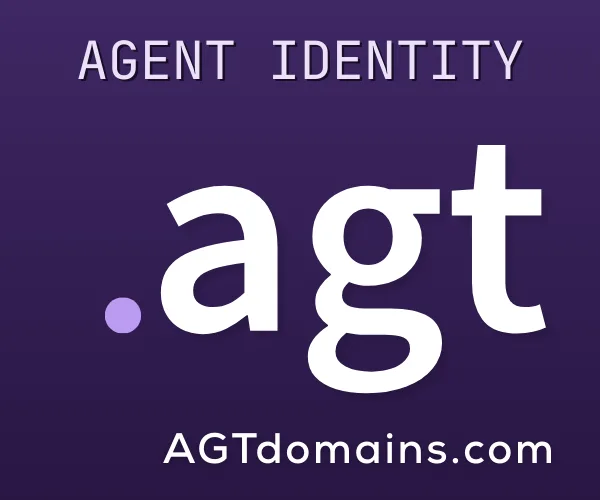Reverse Hijacking
Reverse Hijacking (also known as reverse domain name hijacking or RDNH) refers to an unethical and unjust action where a trademark owner attempts to secure a domain name by making false cybersquatting claims.
Typically, this involves the trademark owner using the ICANN's Uniform Domain-Name Dispute-Resolution Policy (UDRP) or other legal avenues to intimidate the domain name holder, even though the holder registered the domain name legitimately and is not engaging in any infringing activities.
It's called "reverse" hijacking because it's the opposite of the usual situation where someone registers a domain name specifically to infringe on a trademark. In reverse hijacking, the domain name was registered first, and the trademark owner is attempting to seize it unfairly.
Reverse hijacking is generally looked down upon in the domain investor community, and decisions in UDRP cases can and do note when an attempt at reverse hijacking has taken place. Such attempts could potentially damage the reputation of the entity making the claim.




